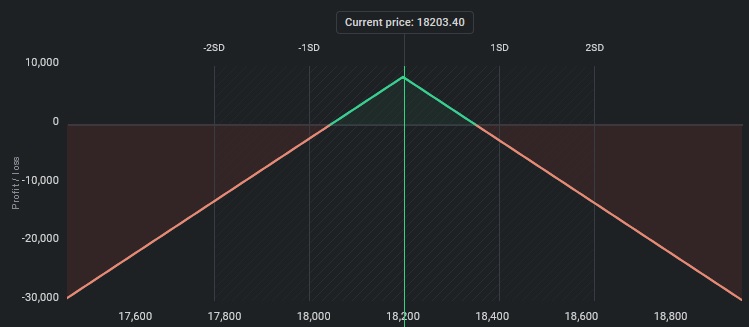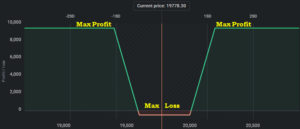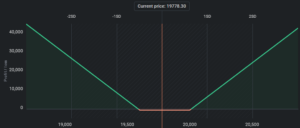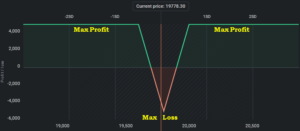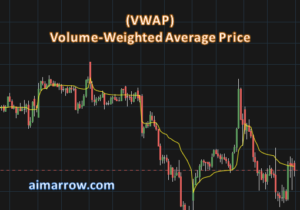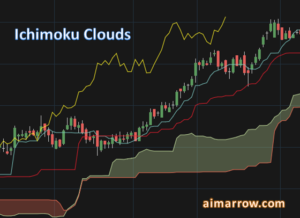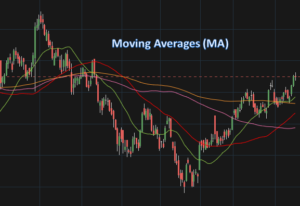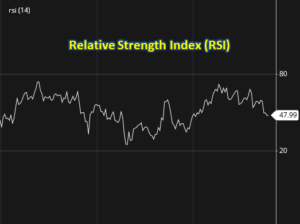Short Straddle Options Trading Strategy | Step-by-Step Execution Process, Payoff Graph, Pros & Cons, Adjustments
Introduction: Strangle vs. Straddle Options Strategies
In stock markets, both strangles and straddles are options strategies used to profit from significant price movements in the underlying asset.
- A straddle involves buying or selling both a call option and a put option with the same strike price and expiration date.
- A strangle involves buying or selling a call option and a put option with different strike prices but the same expiration date.
Short Straddle Options Trading Strategy:
Short Straddle is an options trading strategy that involves selling a call option and a put option of the same underlying asset, with the same strike price and expiration date. The strategy is considered neutral because it profits from the stability of the underlying asset’s price. In this article, we will provide a step-by-step guide on how to execute the Short Straddle strategy, discuss its pros and cons, the payoff graph, and how to make adjustments to the strategy when in profit and in loss.
Example of Short Straddle Strategy
Let’s say that you want to use the Short Straddle strategy on XYZ stock, which is currently trading at $100 per share. You sell a call option and a put option with a strike price of $100 and an expiration date of one month from now. The call and put options both have a premium of $5.
Execution of Short Straddle Strategy
To execute the Short Straddle strategy, follow these steps:
- Choose an underlying asset with a stable price, as the strategy is profitable when the price stays within a specific range.
- Choose the strike price and expiration date for the call and put options. The strike price should be the current market price of the underlying asset.
- Sell the call and put options simultaneously.
- Collect the premiums for selling the options.
- Wait for the options to expire or buy back the options before expiration to close the position.
Pros and Cons of Short Straddle Strategy
Pros:
- The strategy is profitable in a stable market.
- The premiums from selling the options provide income for the trader.
- The trader’s maximum loss is limited to the premiums received.
Cons:
- The strategy can result in significant losses if the price of the underlying asset moves significantly in either direction.
- The trader’s potential profit is limited to the premiums received.
- Margin requirements for selling options can be high.
Payoff Graph of Short Straddle Strategy
The payoff graph for the Short Straddle strategy is a inverted V shaped payoff graph. In the below graph, the green line represents the maximum profit of the trader, which is the premiums received for selling the call and put options. The break-even points are the strike price plus or minus the total premiums received.
Adjustments to Short Straddle Strategy
When in profit:
- The trader can close the position and take the profits.
- The trader can roll the options to a later expiration date and a higher strike price, increasing the potential profit but also increasing the potential loss.
- The trader can buy a call or put option to protect against a significant price movement.
When in loss:
- The trader can close the position and take the losses.
- The trader can roll the options to a later expiration date and a lower strike price, reducing the potential loss but also reducing the potential profit.
- The trader can buy a call or put option to limit the potential loss.
Conclusion
Short Straddle is a neutral options trading strategy that involves selling a call option and a put option of the same underlying asset, with the same strike price and expiration date. The strategy can be profitable in a stable market and provides income for the trader from the premiums received. However, it also has significant risks, such as potential losses from significant price movements. Traders should carefully consider the pros and cons of the strategy before executing it and make adjustments to the strategy when necessary to limit their potential losses.
